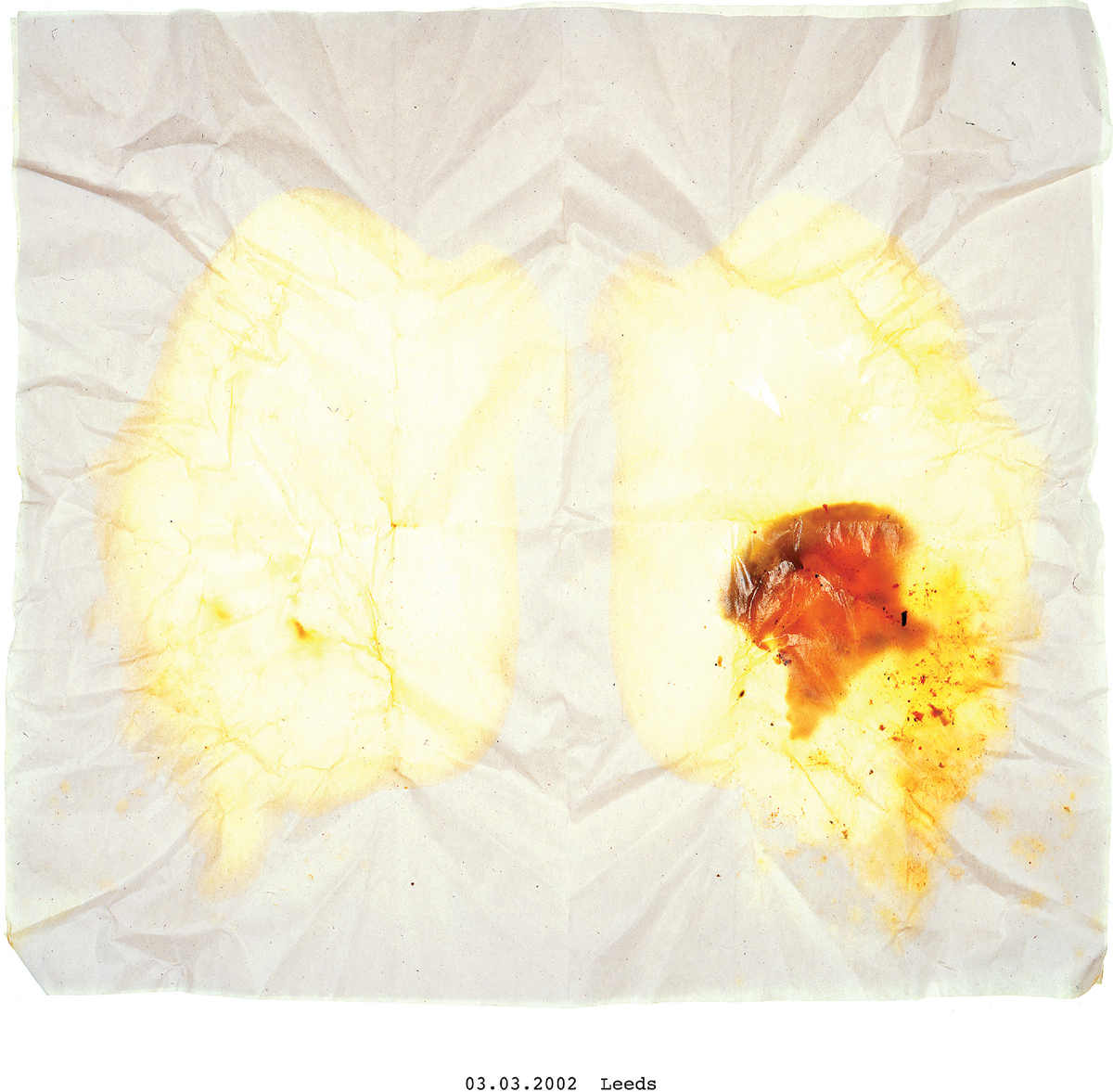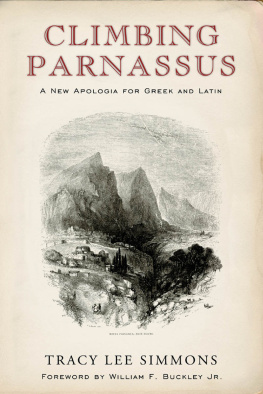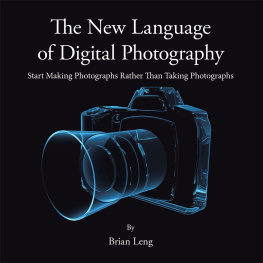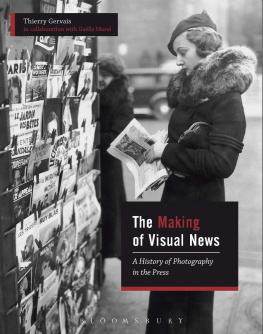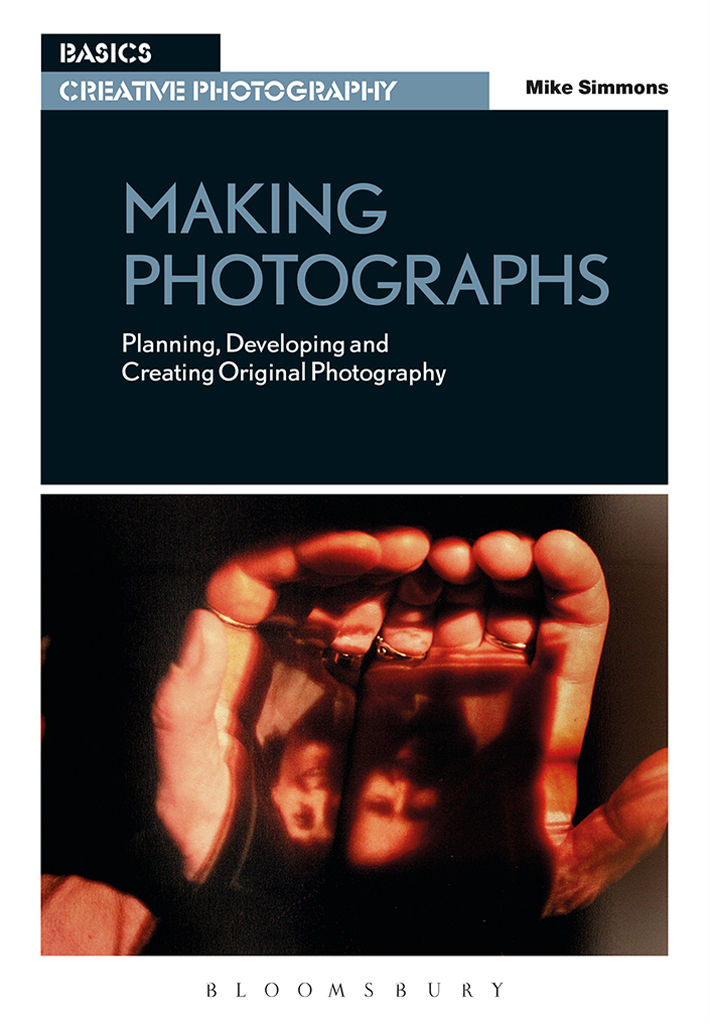
Mike Simmons worked in the commercial photographic industry for 18 years, before becoming a photographic artist and academic. Mike is the Programme Leader of one of the most successful and longest running MA Photography Courses in the UK, at De Montfort University, Leicester, where he is also the coordinator of the Photography and Video Arts Practice Research Group.
Also available from Bloomsbury
Basics Creative Photography: Context and Narrative
Behind the Image: Research in Photography
Reading Photographs: An Introduction to the Theory and Meaning of Images

www.fairchildbooks.com
www.bloomsbury.com

Title: Photography, Memory and Meaning, 2000
Photographer: Mike Simmons
Dislocated through time and circumstance, an assemblage of real and photographed objects and appropriated family photographs are brought together in this large-scale installation, to represent a deeply personal expression of loss. No single element has priority, but is codependent on and interactive with the other in a visual exchange, where both photograph and object are at once present and absent.
Contents






Introduction
This book is about making, rather than taking photographs. The definition of the term making is considered as an organized and purposeful undertaking, using photography to explore in depth your ideas about a particular subject. This is in contrast to a more straightforward, casual or leisurely approach to simply taking photographs.
In pursuing such a thoughtful and challenging pathway, you will be introduced to a structured approach to working with and thinking about photography. You will be encouraged to develop a personal philosophy with regards to your own photographic practice, and the ways in which you might seek to find creative solutions for your ideas. But ideas need careful consideration to bring them to fruition, and more importantly, to ensure that they reach the full potential that they hold, and effectively express your individual photographic vision.
This book builds systematically and considers a wide range of photographers and the diverse and contrasting nature of their work. It should be considered as a guide for you to adapt to your own particular needs, to develop both practically and conceptually, tackling the challenges of the creative process on your own terms, and exploring the possibilities that the medium has to offer.
The camera only facilitates the taking. The photographer must do the giving in order to transform and transcend ordinary reality.
Ernst Haas (19211986), Photojournalist and Magnum member
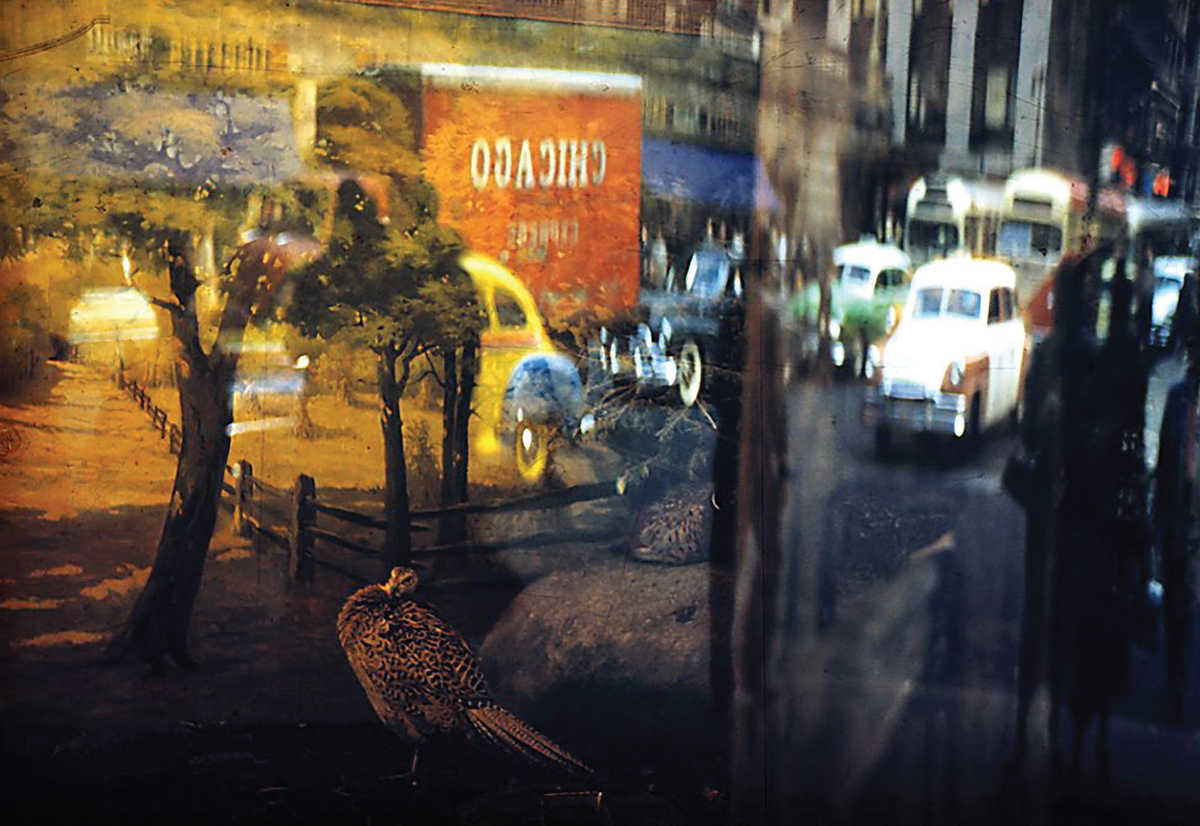
0.1
Title: Reflection 42nd street, NY, 1952
Photographer: Ernst Haas
In this image, Haas plays effectively with the very nature of photography, with its ability to both describe and to express. In this keenly observed personal view of New York, Hass uses reflection in a subtle interplay of ideas, fusing aspects of the real with the imagined into one cohesive whole. One of the most influential photographers of the twentieth century, Haass images of New York City became the first color photo essay to be published by Life Magazine in 1953.

0.2
Title: From the series IRL [in real life], 2013
Photographer: Gabriela Silveira
Gabriela Silveiras project considers our growing dependency on computer technology and the Internet. The detachment with which the subject of the photograph performs such a basic task is given dramatic emphasis, through this triptych or triple sequence, to point a shadowy finger of prophecy at how our connected lives might be reshaping our behaviour (Silveira 2013).
Chapter 1:
A medium of possibilities
As a photographer there are many things to consider when embarking on a new project, and central to this is identifying the focus of the work you want to make. This chapter considers photography as a cycle of interrelated activities, which together combine to provide a structure to help you turn your ideas into original photographic work.
Chapter 2:
Understanding your subject
The creative process can change your perception, by providing a depth of knowledge and an increased awareness of the subjects or issues that you feel drawn to as a photographer. This chapter looks at the ways in which you can support your ideas, by identifying appropriate sources of information to help inform your thinking and develop a critical perspective on the work you make. In addition, the chapter also considers the moral or ethical obligations that you need to be aware of as a photographer.
Chapter 3:
Exploring photographic genres
Like all classifications, defining photography by specific categories is useful in understanding the scale and scope of the medium, and in establishing where your own photographic interests may lie. This chapter explores the ways in which photographs can be understood, and introduces three key principles that you can use to gain a deeper understanding of the ideas behind your work, and the work of other photographers.
Chapter 4:
Making photographs
There are many methods in the construction of photographic images that you can choose to achieve your creative goals and communicate your ideas to others.
These approaches are not limited to a strict adherence to any specific set of rules, but are active and open to experimentation and operate as interchangeable components, which will be dependent on how you want to interpret your ideas and express yourself. This chapter will review the range of possibilities by providing examples for you to consider, with an exploration of how they might be applied to your own photographic practice.
